How photo manipulations became a tool of Soviet propaganda
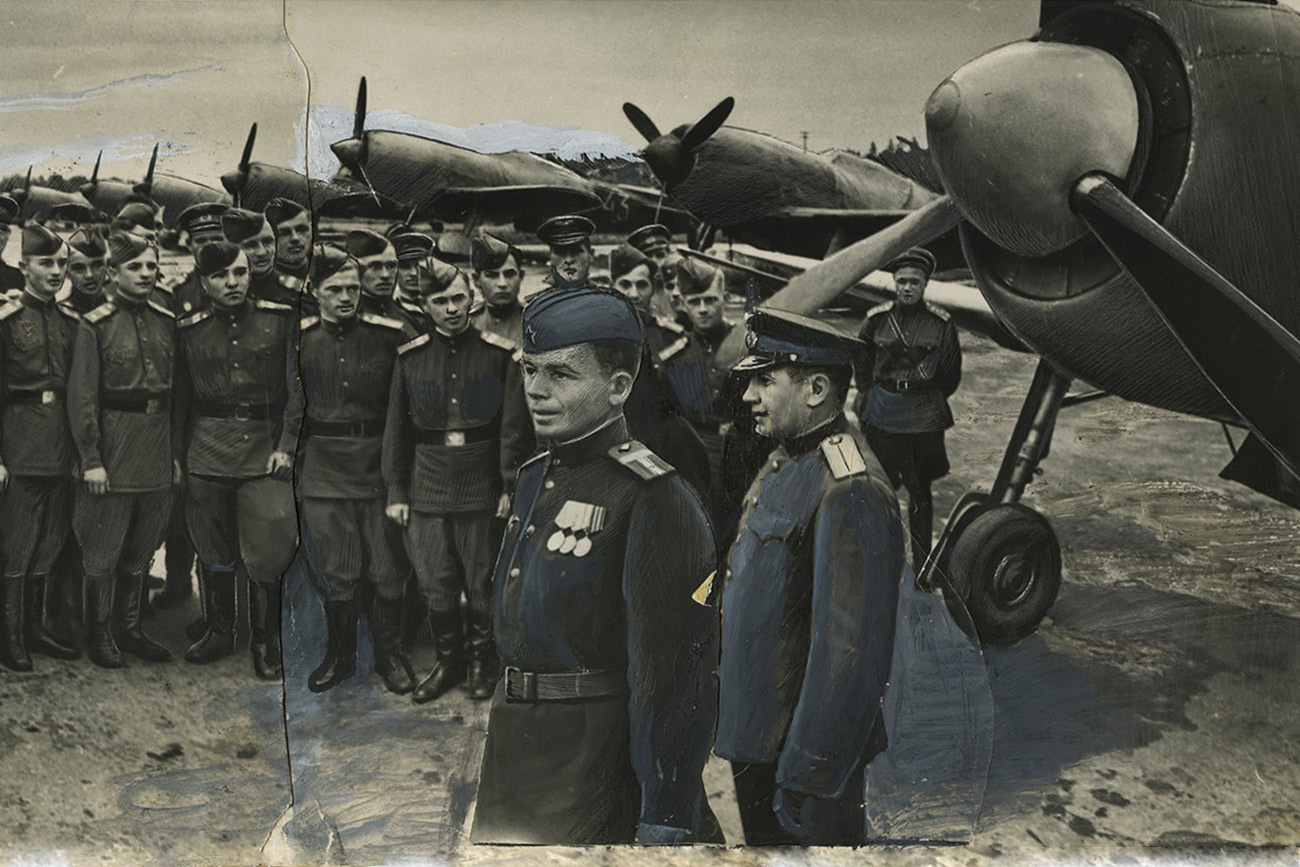
 / Arthur Bondar
/ Arthur Bondar
These photomontages depicting events from the Second World War represent one of the most common instruments of Soviet propaganda.
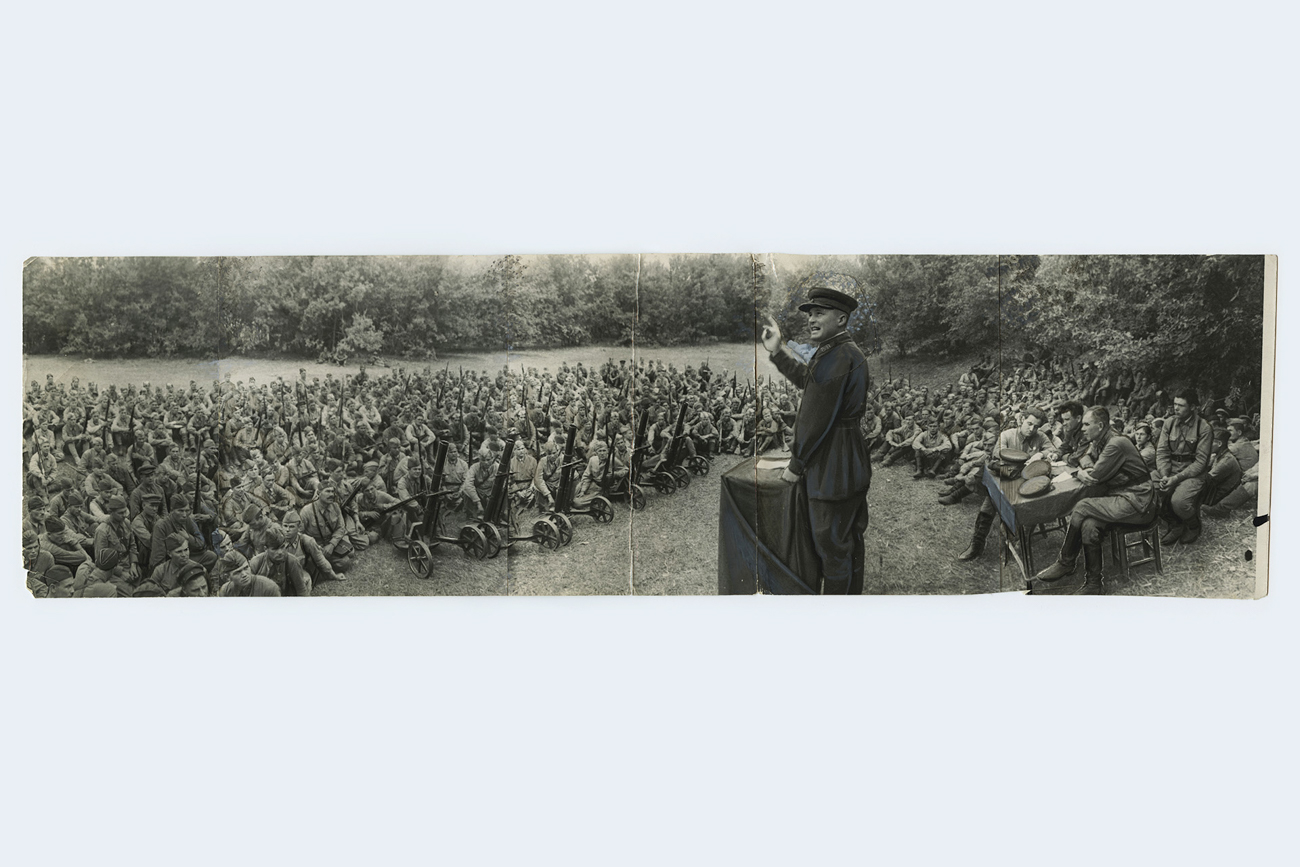 / Arthur Bondar
/ Arthur Bondar
Simultaneously preoccupied by war and sustaining the military muscle, the authorities saw propaganda as a way to lower anxiety among the public and increase its fighting spirit.
 / Arthur Bondar
/ Arthur Bondar
In this sense propaganda worked as a “third front” to suppress the enemy, inspiring the army and praising the allies.
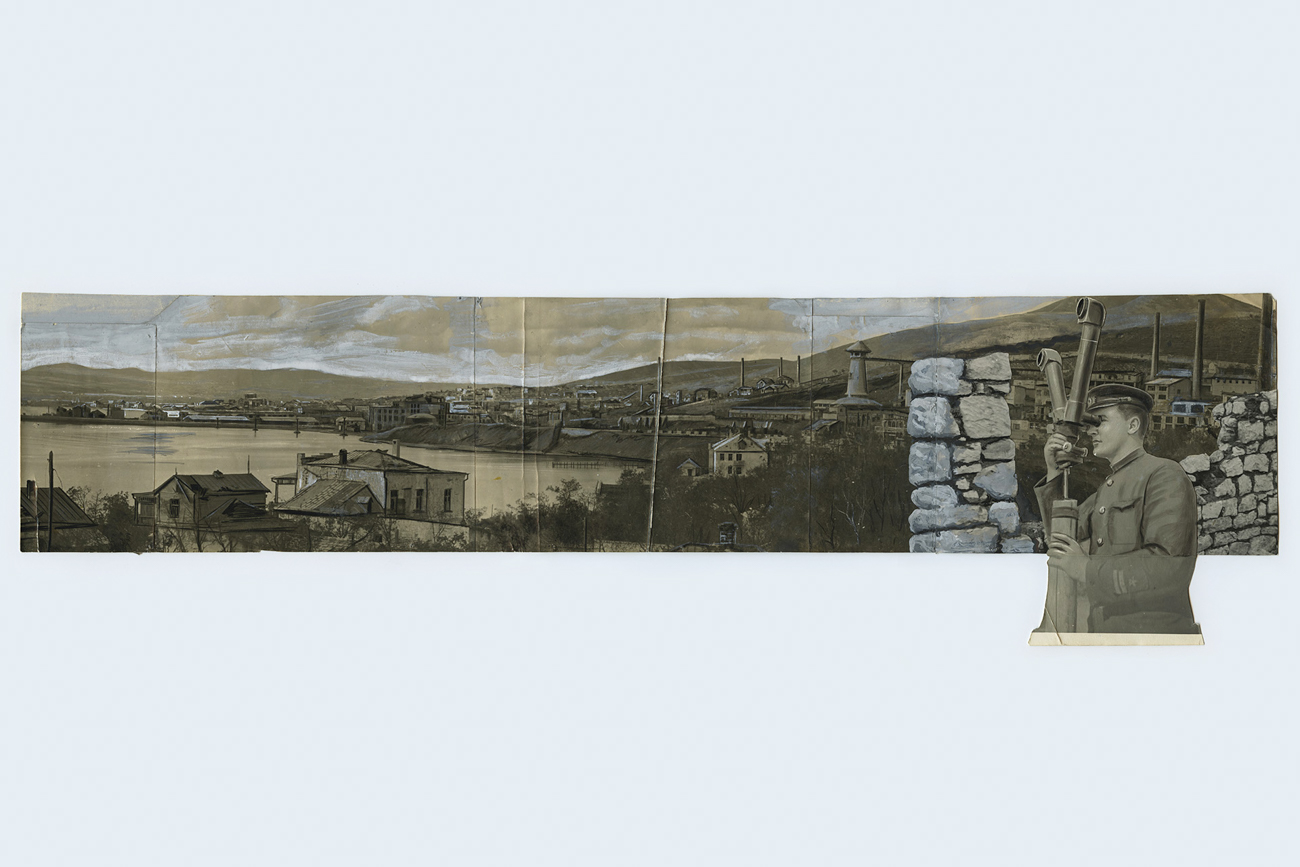 / Arthur Bondar
/ Arthur Bondar
These photo collages – 15 centimeters up to 1 meter in length – are how they really looked in print newspapers.
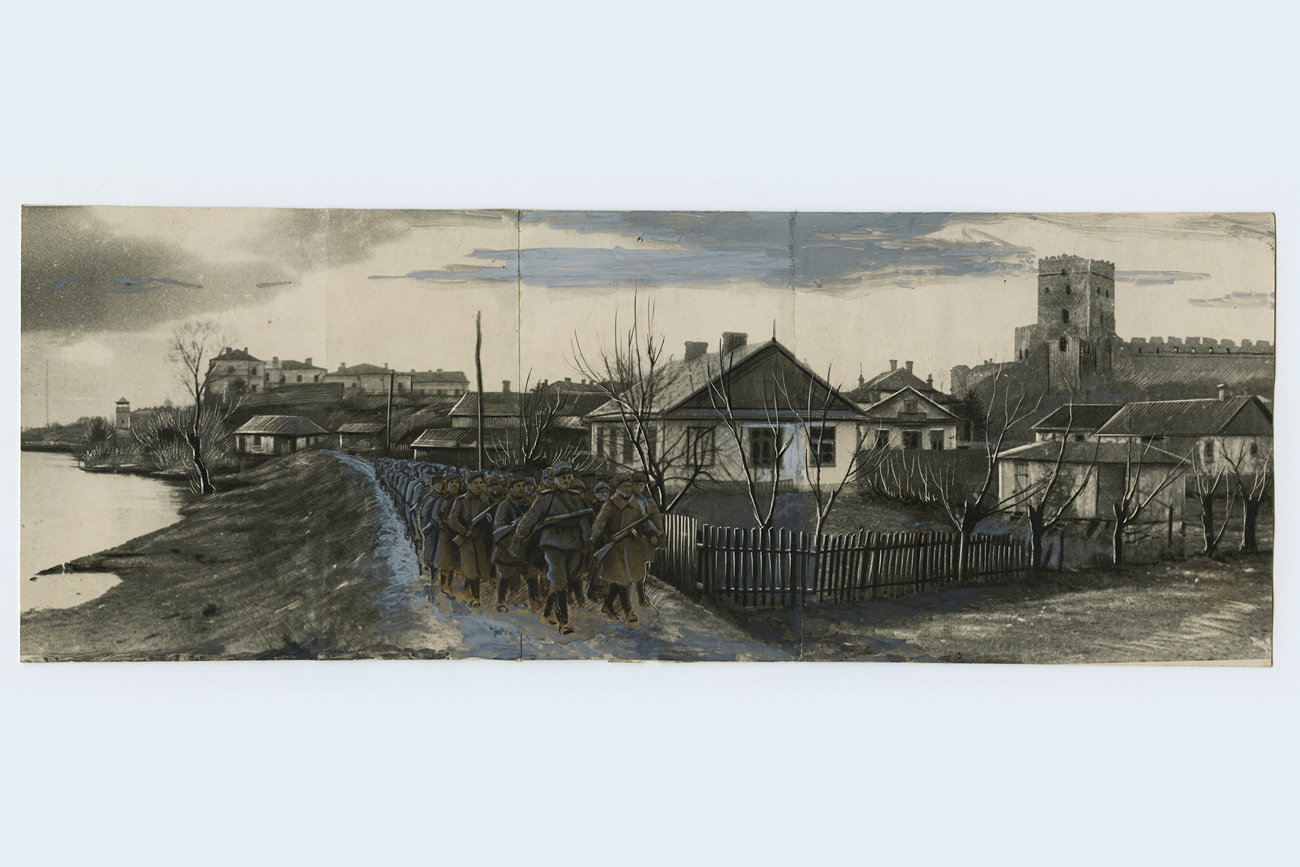 / Arthur Bondar
/ Arthur Bondar
During the war no one could get to the front line without special written permission. Without this, anyone with a camera could face criminal charges.
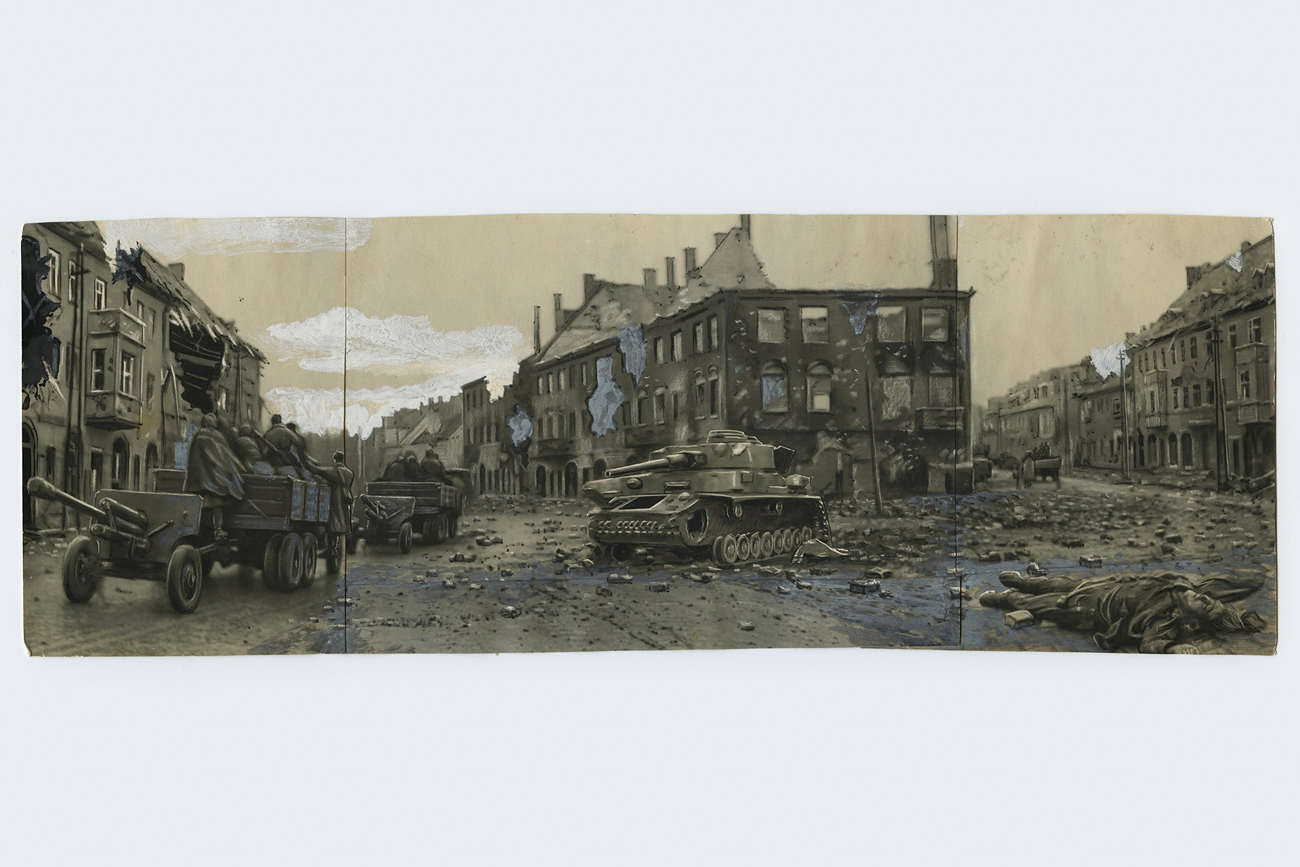 / Arthur Bondar
/ Arthur Bondar
The pictures of the “lucky” photographers sent to capture the war on film always ended up in the Soviet Information Bureau, a Soviet news agency that was in charge of covering international events, military developments and everyday life through newspapers and radio.
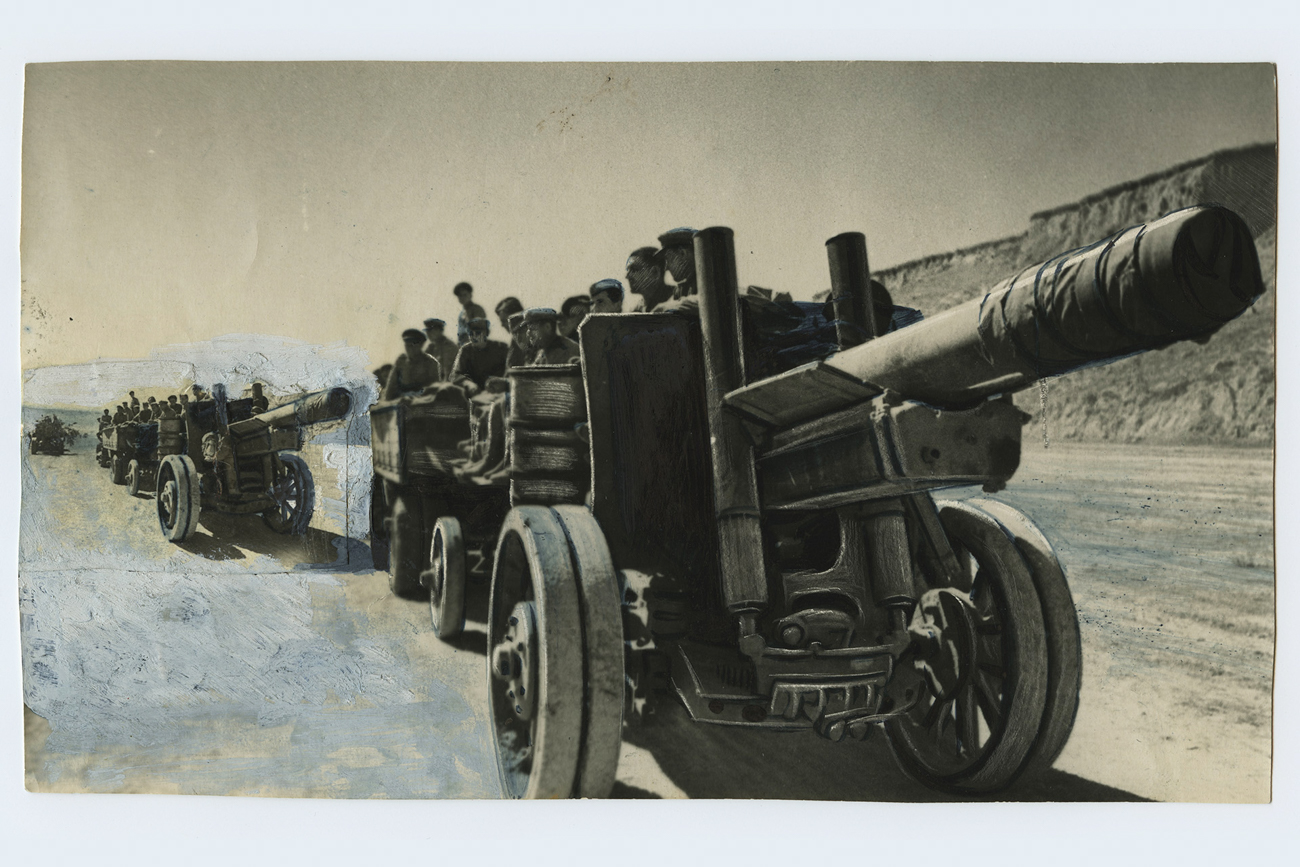 / Arthur Bondar
/ Arthur Bondar
After going through strict censorship and manipulation, different photos then were compiled together as a sort of patchwork and colored with white gouache and ink. It was called an “artistic retouch” and was done by people with a degree in art.
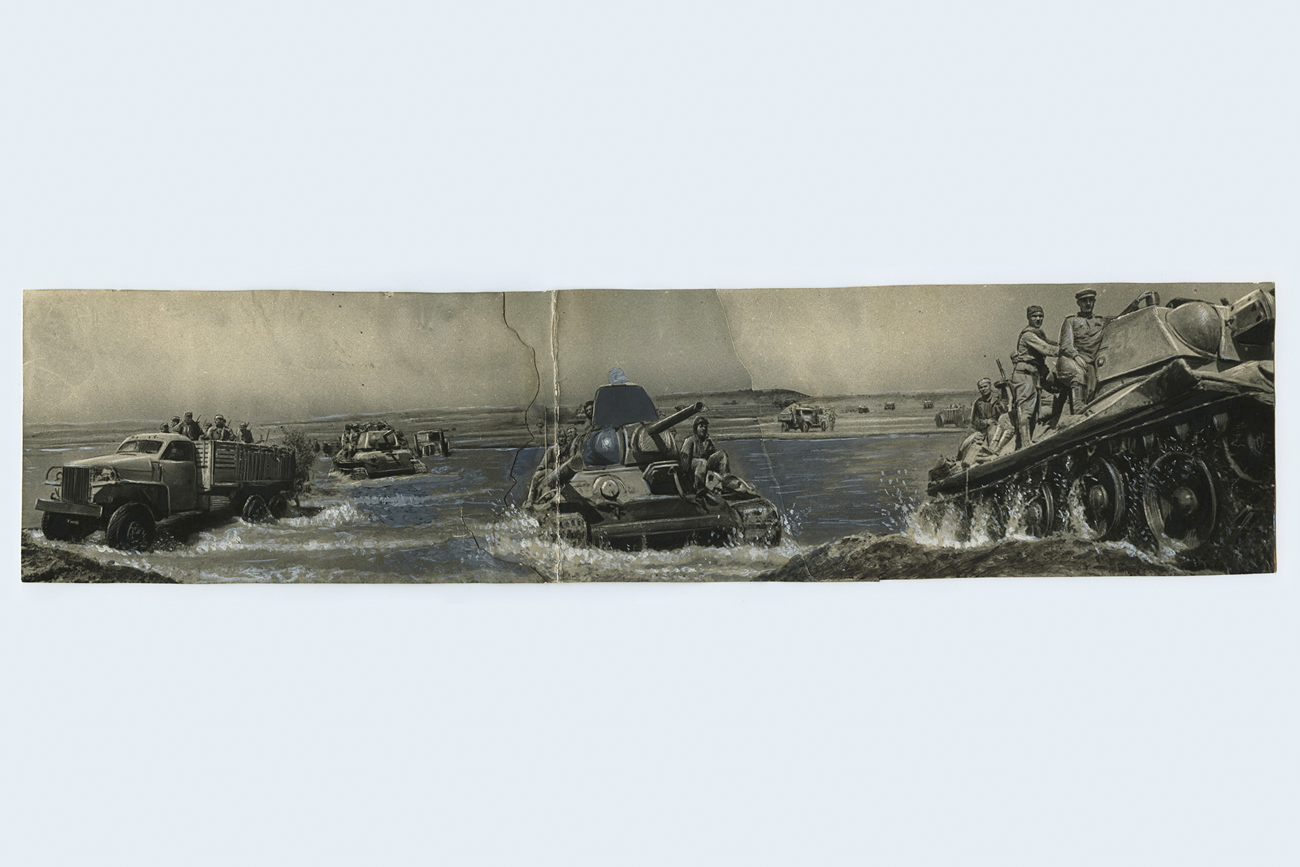 / Arthur Bondar
/ Arthur Bondar
The next step was to photocopy and send the manipulated images to the printing house. The images in the final newspaper were seamless, without a trace of manipulation.
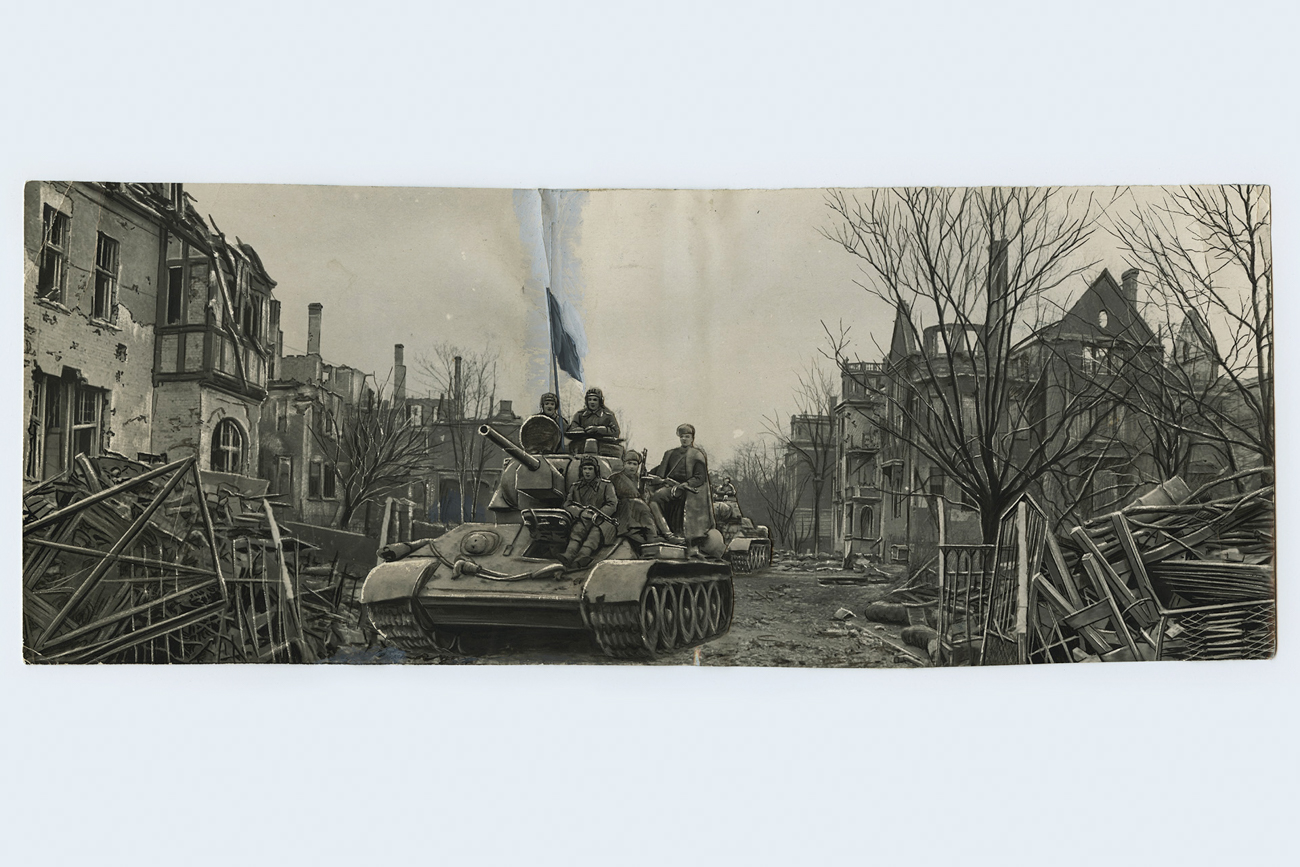 / Arthur Bondar
/ Arthur Bondar
Very few examples of this “art” can be found these days. With the collapse of the Soviet Union, many newspapers were closed and their material was either lost or disposed of.
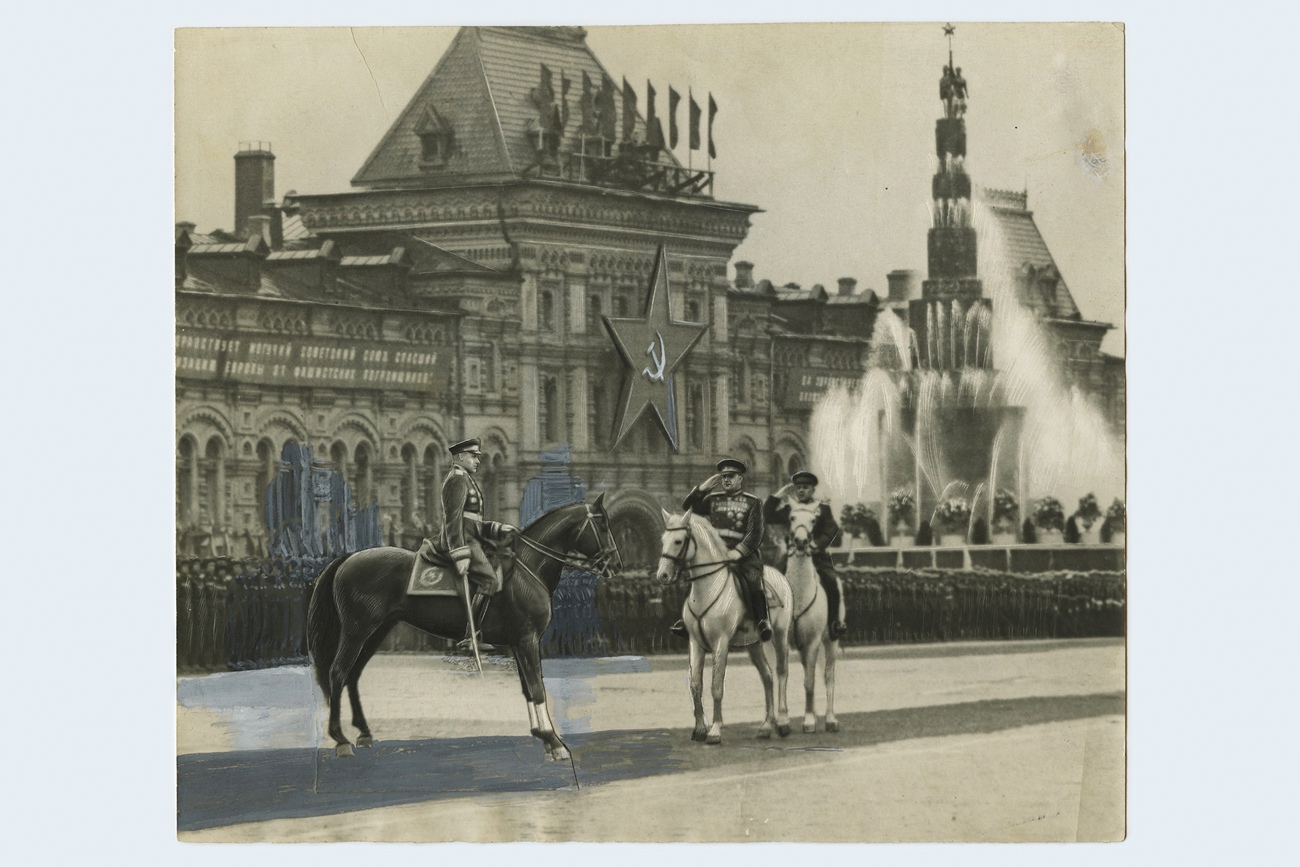 / Arthur Bondar
/ Arthur Bondar
Luckily, some collages survived in the hands of individual collectors, and now these rare montages offer a glimpse into just how easy it was to change the meaning of even the most truthful photos.
Read More:
Soviet censorship: How did the USSR control the public?
Soviet photography: From the Russian Revolution to perestroika
Struggling with the facts: How terrible was Stalin’s Terror?
Who were the ‘Forest Brothers’: The thorn in the Soviets’ side?
Lady Death and the Invisible Horror: The female face of war
If using any of Russia Beyond's content, partly or in full, always provide an active hyperlink to the original material.
Subscribe
to our newsletter!
Get the week's best stories straight to your inbox